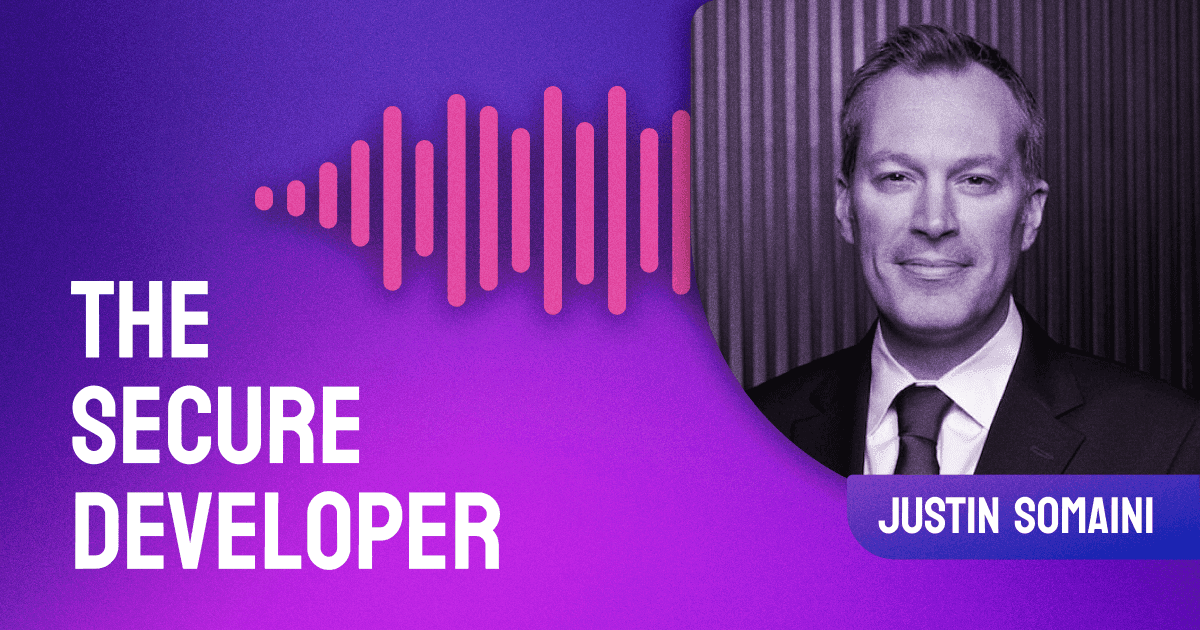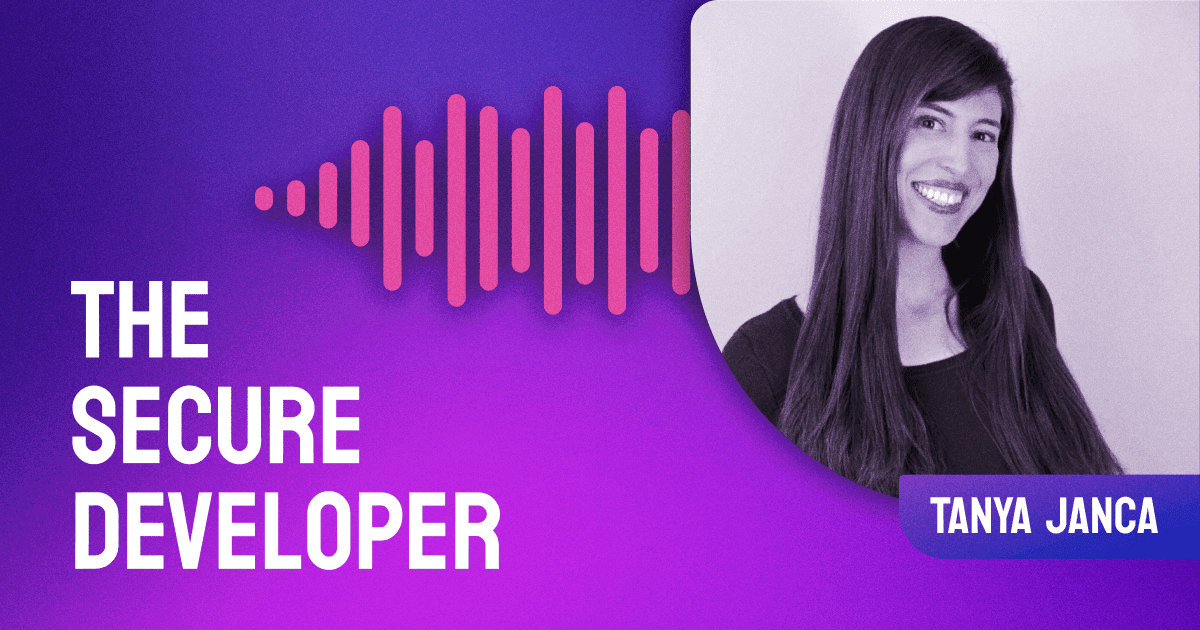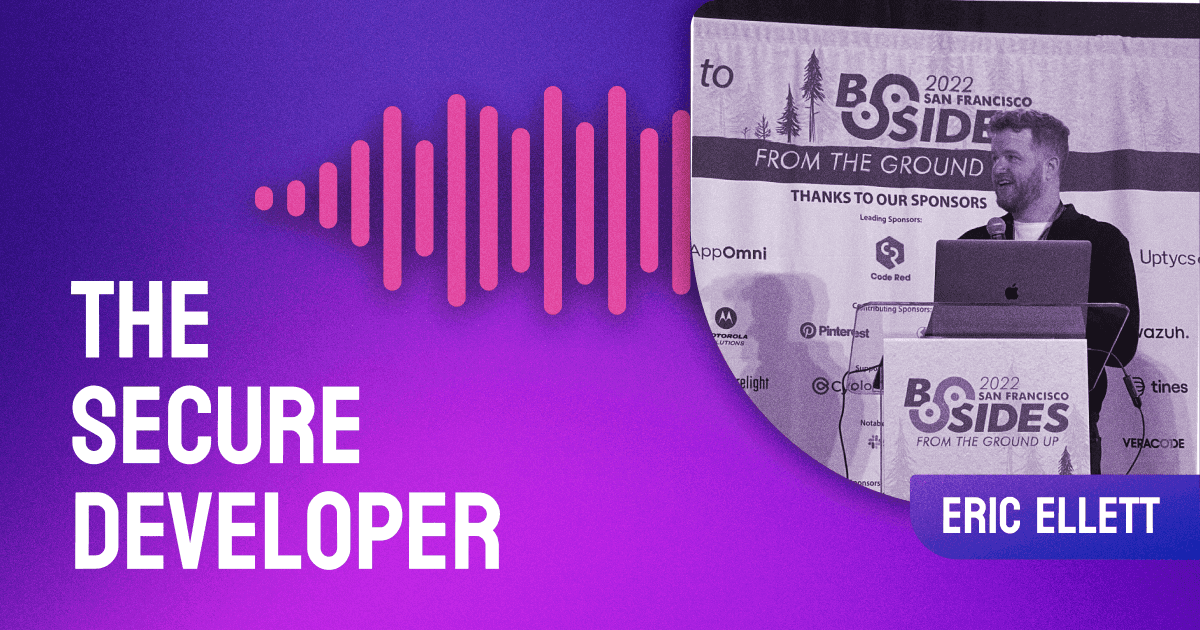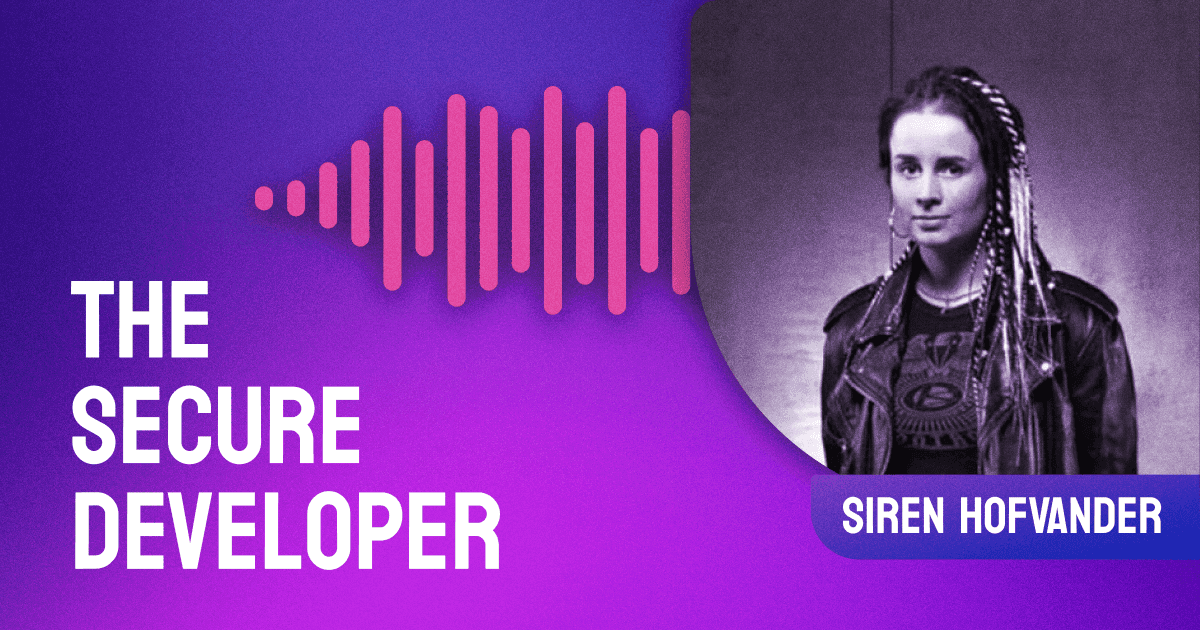In episode 29 of The Secure Developer, Guy sits down with Liran Tal, Developer Advocate at Snyk, to discuss the state of open source, Docker security, and developer infrastructure.
The post Ep. #29, The State of Open Source & Docker Security appeared first on Heavybit.





